Selected papers will be submitted to ICPR journal. Submit your papers here by 5th May.
20th
April 2024
The Event Hosts


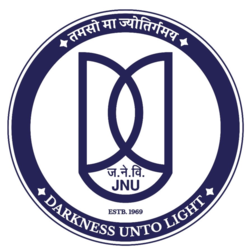
Samkhya Ontology and Epistemology
- Gross (maha-bhutas) and subtle (tanmatras) matter
- Space and Time in Samkhya
- Samkhya philosophical worldview - Realism, Idealism and Illusionism
Samkhya and Modern Science Dialogue
- Samkhya epistemology vs scientific methods
- Samkhya vs Scientific understanding of matter
- Causal reductionism and cause-effect relations in Samkhya
Causality, Transformation and Role of Agency
- Agency and cause and effect relationship
- The free will of Jiva (Purusa) and the nature of bondage
- Creation of the manifest and dissolution
Perception and Action in Samkhya
- Role of Tanmatras: where, when and how does perception happen?
- Can the perceptual abilities of the senses be swapped?
Societal Impact
- Samkhya and Bhakti connection, societal benefits
- How can Samkhya be presented in the modern education system?
What is this event all about?
Samkhya System in Srimad Bhagavatam
Institute for Science and Spirituality (ISS) is organising a workshop on "Samkhya System in Srimad Bhagavatam" on 20 April 2024 in collaboration with the Indian Council of Philosophical Research (ICPR) and Jawaharlal Nehru University (JNU). The event will be organised in a hybrid (virtual and in-person) mode.
The Samkhya system described in Bhagavat Purana is a theistic Samkhya system described by Sage Kapila, the son of Devahuti and Kardama muni. This is often termed as Bhagavat Samkhya. Some scholars believe that this Samkhya system predates the classical Samkhya commentary by Isvara Krishna. Prof. Laxmidhar Behera, Director of IIT Mandi, Prof. Sachchidananda Mishra, the Member Secretary of ICPR, and Dr. Venkatesh Chembrolu, a Scientist from Meta Labs, Facebook, are a few notable speakers along with other internationally acclaimed scholars of Samkhya.
Traditionally, the discussion on Samkhya assumes only classical Samkhya commentary. The primary text associated with classical Samkhya is the "Samkhya Karika," commentary by Ishvara Krishna. Other important commentaries include Tattva Samasa, Samkhya Pravachana Sutra, Yuktidipika, etc. Thus, there is a great need to reflect on the antiquity and features of the Bhagavat Samkhya system from a broader perspective.
Modern scientific exploration, rooted in causal reductionism and a pure physicalist proposition, often obscures the role of consciousness in elementary particle physics. In contrast, Samkhya provides a holistic framework with a causal hierarchy based on modelling experiences through tanmatras. Indian psychology, emphasising the three guna theory, mind-body connection, and spiritual dimensions, contrasts with Western psychology's reliance on empirical observation and reductionist analysis. Treatment approaches differ, with Indian traditions employing practices like meditation, while Western psychology relies on therapeutic interventions. Bhagavat Samkhya, with its unique devotional characteristics, offers a holistic perspective on mental well-being. While modern neuroscience sees the mind as the brain in action, Bhagavat Samkhya provides a richer understanding of mind-matter interaction. As neuroscience explores the brain-heart connection and challenges perceptions of self-other boundaries through virtual reality experiments, Bhagavat Samkhya holds potential contributions to ongoing developments in cognitive neuroscience.
Bhagavat Samkhya's societal appeal stems from its holistic approach, offering a framework for balanced well-being that addresses physical, mental, and spiritual aspects. Focusing on ethical conduct and alignment with dharma, it provides moral principles that contribute to individual character and societal harmony. Emphasising self-realisation it guides individuals on a transformative journey toward understanding the self, fostering a sense of purpose and fulfilment. The philosophy's relevance extends beyond individual growth, resonating with those seeking a comprehensive path to meaningful living within the broader societal context.
Coordinators
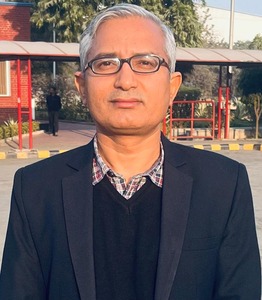
Mr. Parveen Kumar
Director, Institute for Science and Spirituality, New Delhi
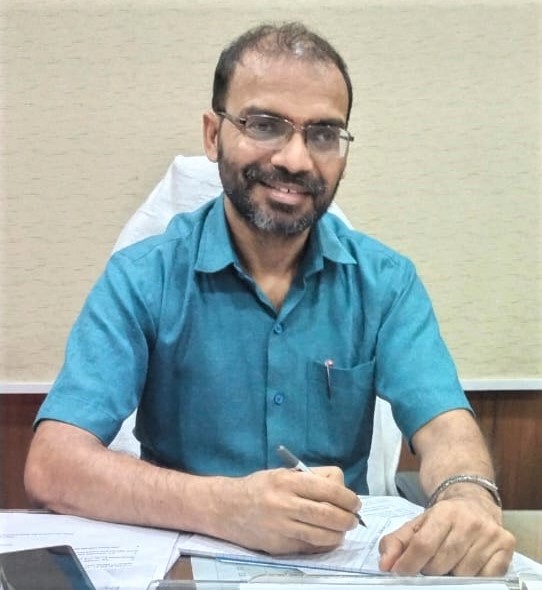
Prof. Sachchidananda Mishra
Member Secretary, Indian Council of Philosophical Research
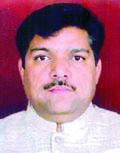
Prof. Sudhir Kumar Arya
Former Dean, SSIS and Chief Proctor, Jawaharlal Nehru University, New Delhi
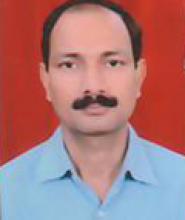
Prof. Brajesh Kumar Pandey
Dean, School of Sanskrit and Indic Studies, Jawaharlal Nehru University, New Delhi
Speakers
Internationally acclaimed scholars on Indian Philosophy

Prof. Sachchidananda Mishra
Member Secretary, Indian Council of Philosophical Research
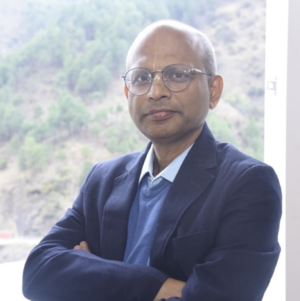
Prof. Laxmidhar Behera
Director, Indian Institute of Technology Mandi
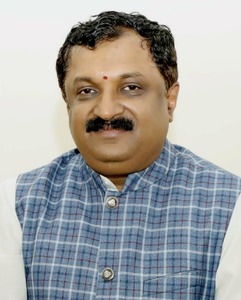
Prof. Srinivas Varkhedi
Vice Chancellor, Central Sanskrit University, New Delhi

Prof. Madhusudan Penna
Prof. of Sanskrit and Director, Publications
Former VC, Kavikulaguru Kalidas Sanskrit University, Nagpur
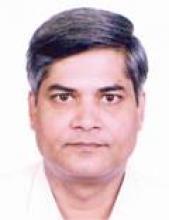
Prof. Ramnath Jha
School of Sanskrit and Indic Studies, JNU
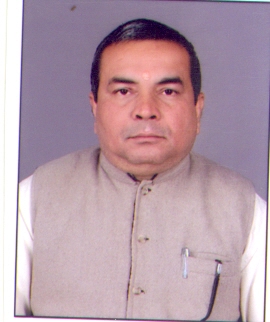
Prof. Markandey Nath Tiwari
HoD, Department of Sankhya Yoga, SLBS National Sanskrit University, New Delhi
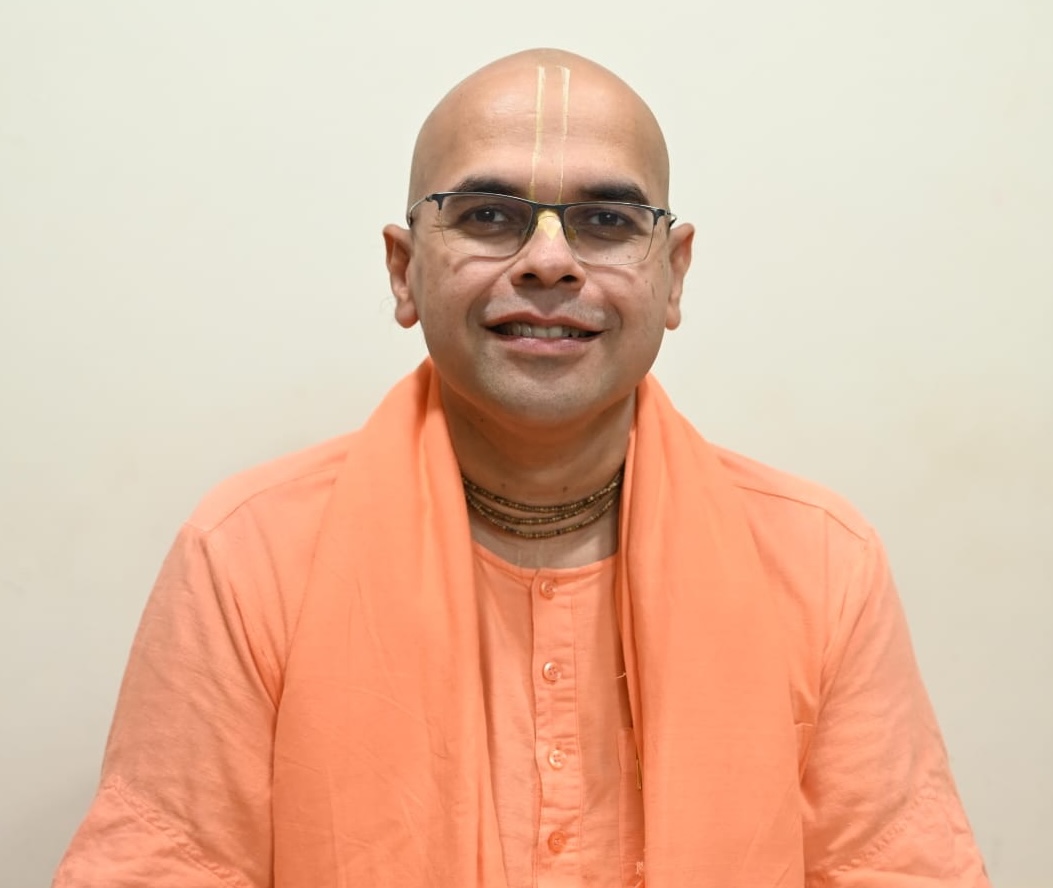
Sriman Rishi Kumar Das
Vice President, ISKCON Delhi

Mr. Ashish Dalela
Acclaimed Author of Vedic Philosophy, shabda.co
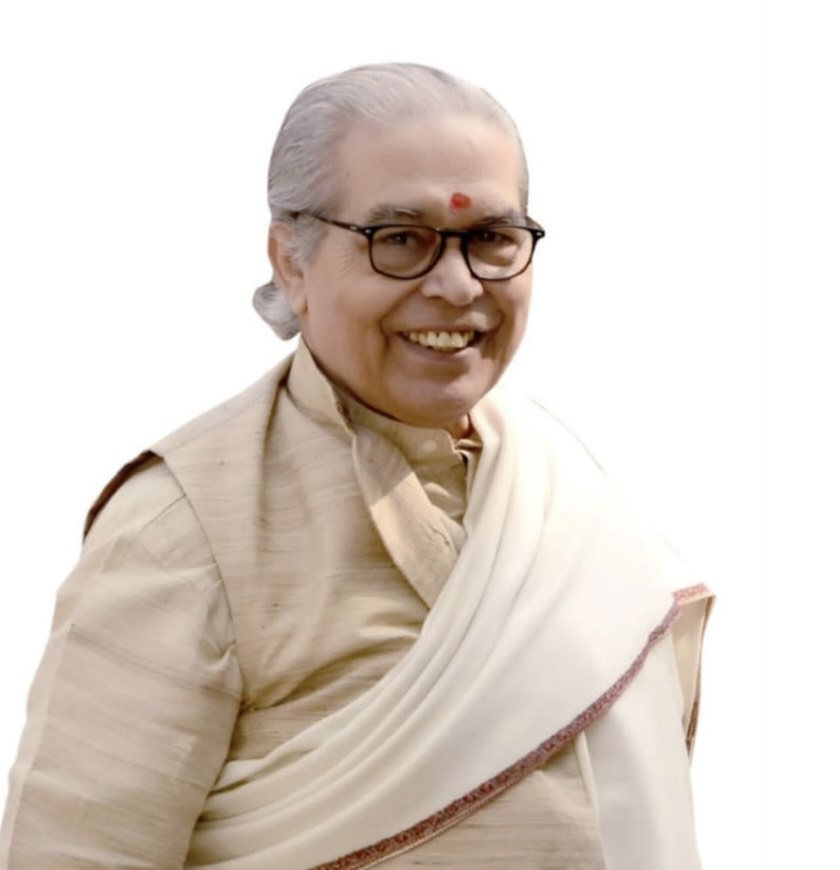
Prof. (retired) Krishna Kant Sharma
Centre for Vedic Science, BHU
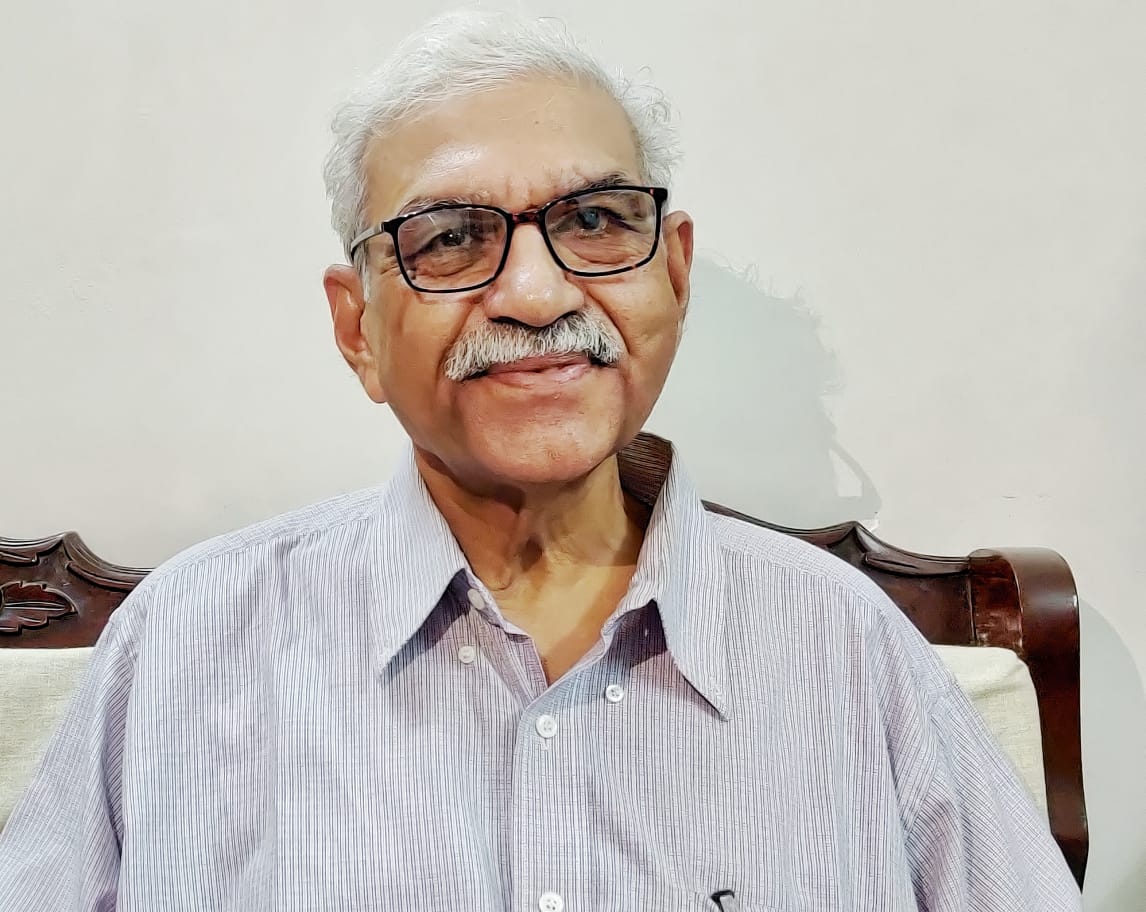
Prof. (retired) Ramesh Kumar Sharma
Dept. of Philosophy, Delhi University
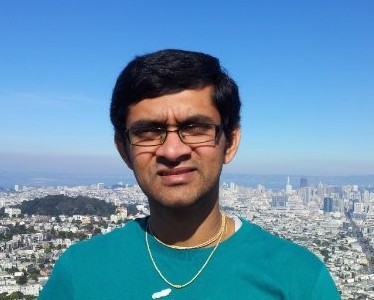
Dr. Venkatesh Chembrolu
Scientist, Meta Labs, Facebook

Mr. Parveen Kumar
Director, Institute for Science and Spirituality, New Delhi
Schedule
Venue
Extended Abstract Submission Guidelines
ICPR Workshop Submission Guidelines
Papers/Extended Abstracts will be included in the proceedings (ISBN) after review. It will be published after the workshop.
Please submit your extended abstract (around 1000 words) as per the format of ICPR journal. Selected abstracts will be asked for full paper to be submitted to ICPR journal.
Please choose any of the themes mentioned on the webpage.
Text Formatting
- Manuscripts should be submitted in Word.
- Use a normal, plain font (e.g., 10-point Times Roman) for text.
- Use italics for emphasis.
- Use the automatic page numbering function to number the pages.
- Do not use field functions.
- Use tab stops or other commands for indents, not the space bar.
- Use the table function, not spreadsheets, to make tables.
- Use the equation editor or MathType for equations.
- Save your file in
.docxformat (Word 2007 or higher) or.docformat (older Word versions).
Headings
Please use the decimal system of headings with no more than three levels.
Abbreviations
Abbreviations should be defined at first mention and used consistently thereafter.
Footnotes
- Footnotes can be used to give additional information, which may include the citation of a reference included in the reference list. They should not consist solely of a reference citation, and they should never include the bibliographic details of a reference. They should also not contain any figures or tables.
- Footnotes to the text are numbered consecutively; those to tables should be indicated by superscript lower-case letters (or asterisks for significance values and other statistical data). Footnotes to the title or the authors of the article are not given reference symbols.
- Always use footnotes instead of endnotes.
Acknowledgments
Acknowledgments of people, grants, funds, etc. should be placed in a separate section on the title page. The names of funding organizations should be written in full.
Transliteration
Please use appropriate transliteration for non-English words. Please follow the Guide to Transliteration for further information mentioned on ICPR journal page.